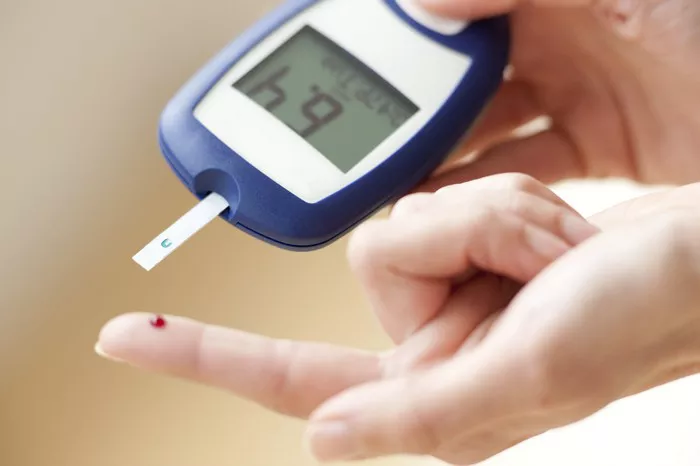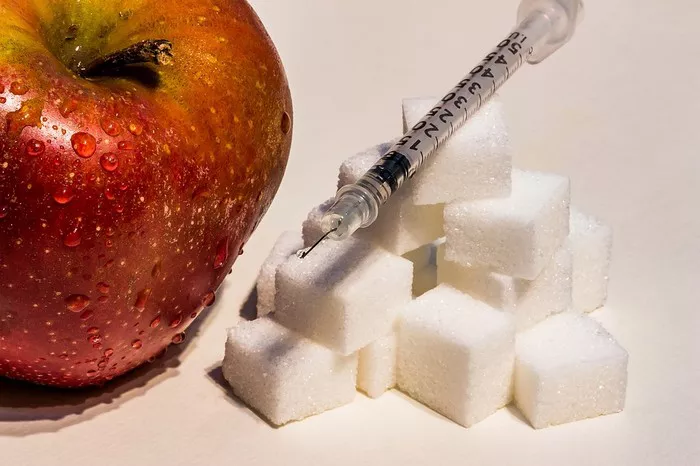In the landscape of diabetes management, two essential metrics play pivotal roles in assessing glycemic control and guiding treatment decisions: blood glucose and A1C (glycated hemoglobin). While both measurements offer insights into an individual’s diabetes management, they serve distinct purposes and provide complementary information about glycemic status over different time frames. In this comprehensive article, we explore the fundamental differences between blood glucose and A1C, their physiological underpinnings, measurement methods, clinical significance, and implications for diabetes care.
1. Blood Glucose:
Blood glucose, also known as blood sugar, refers to the concentration of glucose molecules present in the bloodstream at a specific point in time. Glucose serves as the primary source of energy for cells throughout the body and is essential for various physiological processes, including cellular respiration, ATP production, and metabolic homeostasis. Glucose is derived from the digestion and breakdown of dietary carbohydrates, such as sugars, starches, and fiber, and is transported via the bloodstream to cells where it is utilized for energy production and storage.
Key Aspects of Blood Glucose:
- Measurement Method: Blood glucose levels are typically measured using a glucose meter and fingerstick blood samples obtained from capillary blood. The glucose meter quantifies the amount of glucose present in the blood sample, providing a numerical value in units of milligrams per deciliter (mg/dL) or millimoles per liter (mmol/L).
- Temporal Resolution: Glucose testing offers real-time information about blood sugar levels at the time of testing, allowing individuals with diabetes to monitor fluctuations in blood glucose throughout the day and make informed decisions about treatment adjustments, dietary choices, and physical activity.
- Clinical Significance: Monitoring blood glucose levels is essential for individuals with diabetes to evaluate their glycemic control, identify patterns and trends, and make adjustments to their treatment regimens accordingly. Target blood glucose ranges may vary based on individual factors such as age, comorbidities, treatment goals, and lifestyle factors.
2. A1C (Glycated Hemoglobin):
The A1C test, also known as glycated hemoglobin or hemoglobin A1C, provides a measure of average blood glucose levels over the preceding two to three months. Hemoglobin, a protein found in red blood cells, binds to glucose molecules in the bloodstream to form glycated hemoglobin. The percentage of glycated hemoglobin reflects the average blood glucose levels over the lifespan of red blood cells, which is approximately 120 days.
Key Aspects of A1C Testing:
- Measurement Method: The A1C test is typically performed using a blood sample obtained through venipuncture (phlebotomy) and analyzed in a clinical laboratory. The A1C level is expressed as a percentage of total hemoglobin, with higher percentages indicating higher average blood glucose levels over the preceding two to three months.
- Long-Term Control: Unlike glucose testing, which provides real-time information about blood sugar levels, the A1C test offers a broader assessment of average glycemic control over several weeks to months. A1C levels reflect both fasting and postprandial glucose levels and are less susceptible to short-term fluctuations in blood sugar levels.
- Clinical Significance: The A1C test serves as a valuable tool for assessing overall glycemic control and treatment adherence in individuals with diabetes. Lowering A1C levels to target ranges reduces the risk of long-term complications associated with diabetes, including cardiovascular disease, neuropathy, nephropathy, and retinopathy.
3. Key Differences Between Blood Glucose and A1C:
While both blood glucose and A1C measurements offer insights into glycemic control, they differ in several key aspects:
- Temporal Resolution: Blood glucose testing provides real-time information about blood sugar levels at a specific point in time, whereas the A1C test offers a retrospective assessment of average glycemic control over several weeks to months.
- Measurement Units: Blood glucose levels are measured directly in units of mg/dL or mmol/L, whereas A1C levels are expressed as a percentage of total hemoglobin.
- Clinical Application: Blood glucose testing is used for day-to-day management of diabetes, whereas the A1C test is used to assess overall glycemic control and treatment adherence over time.
4. Clinical Utility and Implications:
Both blood glucose and A1C measurements play crucial roles in diabetes management and offer valuable insights into glycemic control and health outcomes:
- Blood Glucose Monitoring: Regular monitoring of blood glucose levels helps individuals with diabetes track their glycemic control, identify patterns, and make informed decisions about treatment adjustments, dietary choices, and physical activity.
- A1C Testing: The A1C test provides a comprehensive assessment of average glycemic control over several weeks to months and guides treatment goals, risk stratification, and interventions to prevent long-term complications associated with diabetes.
5. Conclusion:
In conclusion, while blood glucose and A1C measurements are both essential components of diabetes management, they serve distinct purposes and provide complementary information about glycemic control over different time frames. Blood glucose testing offers real-time insights into blood sugar levels, whereas the A1C test provides a retrospective assessment of average glycemic control over several weeks to months. By understanding the differences between blood glucose and A1C measurements and leveraging their complementary information, healthcare providers and individuals with diabetes can effectively monitor glycemic control, optimize treatment regimens, and improve long-term health outcomes.



























